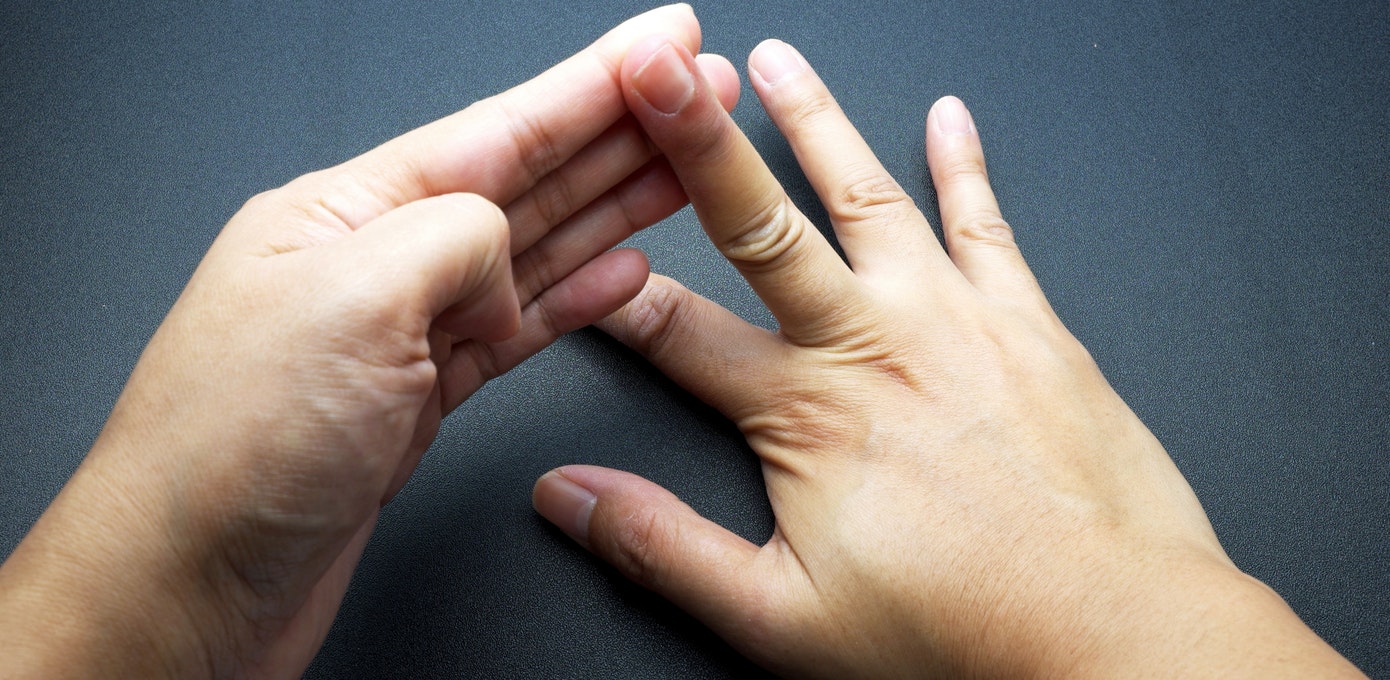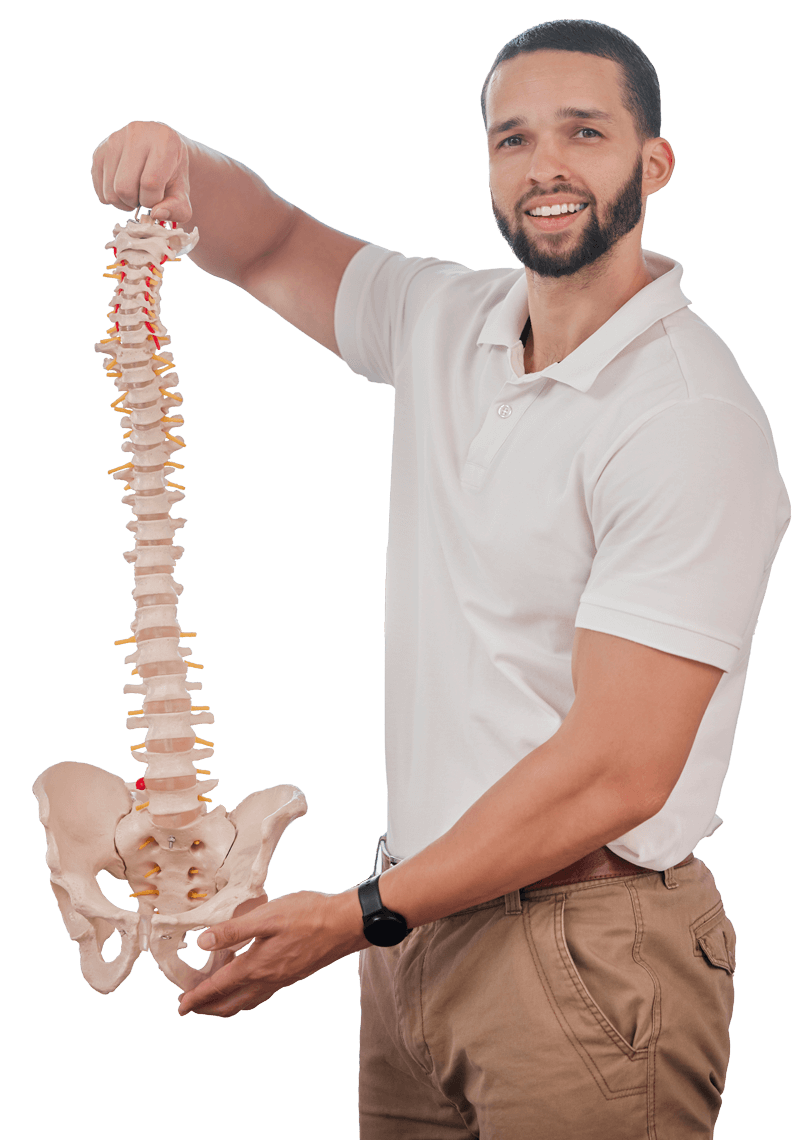It could be rightly said that the hands are, imaginably, the extremity we take for granted the most. We habitually utilize our hands in pretty much each and every physical activity, from driving to writing to eating. That’s why it becomes imperative to identify some of the most recognized hand ailments and how they can be treated.
One such kind of an exhaustingly painful condition is that of a trigger finger.
What is Trigger Finger?
A trigger finger is primarily an inflamed tendon along the palm side of the finger that causes pain. Additionally, it prevents the finger from bending and straightening smoothly and routinely. The tendons that bend, or flex, the fingers pass through a tunnel made of little loops of tissue called pulleys. Probably, it is similar to a belt passing through belt loops on a pair of pants. When the tendon is swollen (like a belt having a knot in it), it fails to pass smoothly through the loops.
In an early case of a trigger finger, there may be slight pain along the finger, or subtle ‘clicking’ when the finger is bent. A more advanced form of trigger finger, the finger can get stuck, or ‘locked’ in a bent or straightened position. Sometimes, you will have to use your other hand to straighten the affected finger. Agonizing to the core, isn’t it?
What Causes Trigger Finger?
Mostly, it is ‘triggered’ by a repetitive movement or vigorous use of your finger. It can also happen when tendons — tough bands of tissue that connect muscles and bones in your finger or thumb — get swollen.
Persistent irritation of the tendon sheath can be followed by scarring and thickening thereby affecting the tendon’s motion. When this happens, bending your finger pulls the inflamed tendon through a narrowed sheath and makes it snap or pop.
Is Trigger Finger Permanent?
No, this condition is not permanent. Trigger fingers can most likely, at all times, be entirely cured. Most importantly, the finger is expected to return to normal, though it may take some time. Once gone, a trigger finger usually leaves no trace that is was ever there.
Signs and Symptoms
If you suffer from this ailment, certain visible signs and symptoms are sure to appear. Look out for the following:
- Finger stiffness, especially in the morning.
- Soreness or a bump at the base of the finger. Your doctor will call this a nodule.
- A popping or clicking sound as you move your finger.
- A locked finger that you can’t straighten.
Symptoms often start out mild and become more severe over time. It’s more likely to affect you after a period of heavy hand use than an injury.
Trigger Finger Treatment Plan
Depending upon the severity and period of the condition, the following are a list of multiple possibilities that can be ruled out to treat this:
- Placing a Band-Aid around the joint folds can limit flexion and reduce triggering, which can allow tendon swelling to subside.
- Rest and eluding strenuous activities that that cause irritation to the finger are another option to consider.
- Many times, a splint may be used to hold the finger straight, particularly at nighttime. Otherwise, a Band-Aid may be placed along the backside of the finger to limit bending and the painful catching.
- Anti-inflammatories can be used as well to decrease the swollen tendon. These can be oral, topical gels, or injected. A steroid injection is the most powerful way of getting rid of the pain and triggering.
If nothing works out, a small surgery can be performed. This is highly effective and eliminates the triggering immediately nearly 100% of the time.
Role of Physiotherapy
Trigger finger physiotherapy is usually very effective as a treatment. Splinting the affected finger for up to 10 weeks has been known to show a 90 percent success rate in resolving trigger finger.
Wearing your splint full time is the most important thing you can do for your trigger finger. Your physiotherapist will assign you particular tendon gliding exercises as part of your treatment. It is also important that you avoid repeated gripping, especially if it causes firm pressure in the palm of your hand over the affected area.
Conclusion
If you are undergoing this agonizing condition, reach out to us at Care2Cure Physiotherapy & Rehab Centre for a comprehensive treatment plan!


